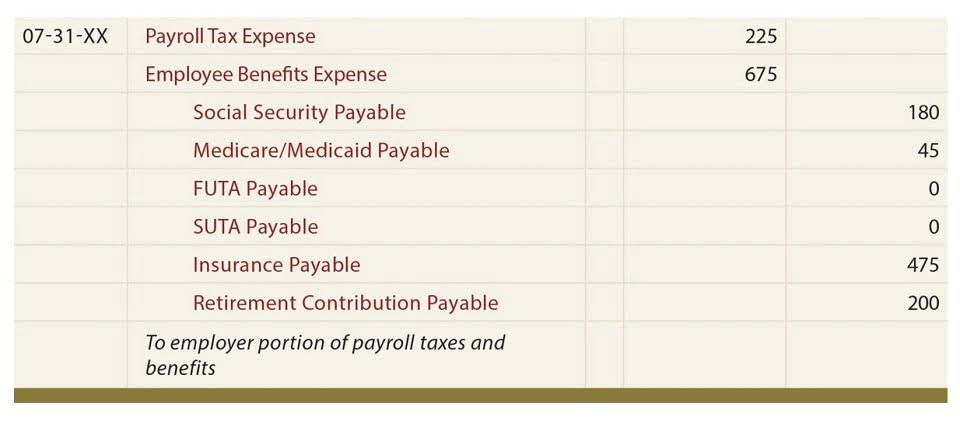An implementation specialist should be meticulous with their review process and verify everything for accuracy. Trust us, you don’t want to start this journey on a bumpy ride with inaccurate data. Finally, challenge yourself to continuously improve accuracy and further expedite your payroll process over time. It’s also beneficial to adopt advanced features like AI-powered payroll automation, which reduces the time you spend manually reviewing reports and initiating payroll. Start by assessing your company’s needs and building an ideal provider profile.
Assemble an Implementation Team
Equally essential, the filing of tax forms such as payroll implementation plan W-2s and 1099s is automated for timely completion without mistakes. Payroll systems handle the entire process of tax form completion and submission, either digitally or with the help of support. Payroll implementation specialists must have exceptional customer service skills and interpersonal skills because they spend a lot of time interacting with clients.
Set Clear Goals and a Timeline
Avoid, for instance, payroll-related workshops during payroll days or weeks. If your team spans multiple locations, consider online workshops or off-site venues to minimise disruptions. As we shift to a new system, let’s make sure we don’t drag old issues along. Whether through our own checks or with external help, it’s key to spot and fix these problems before making the big move. We want to start on the right foot, without old troubles weighing us down.
Proper training helps prevent errors and ensures your team is confident in using the new system. Before diving into a new payroll system, it’s crucial to understand your organization’s specific needs. Define clear objectives such as improving accuracy, reducing processing times, or integrating with other HR systems. Having a solid understanding of what you need from your payroll system will guide your decisions throughout the implementation process. However, before the initial testing can begin, you’ll need to verify the accuracy and completeness of the data in your old software. Any record-keeping errors will carry forward and cause confusion later on, so it’s important to check this information now.
Data Migration
- All the incorrect paychecks, missed deductions and input errors cause real pain for employees and managers.
- Payroll implementation timelines vary depending on the complexity of payroll data, tax information, and required setup phases.
- During the implementation, you can expect your dedicated contact at Complete Payroll Solutions to communicate with you by email, phone calls, and virtual meetings throughout the entire process.
- Instead, check if the new system’s default reports provide the necessary data.
- If a specific platform doesn’t offer the features you need or is too expensive for your budget, you can quickly eliminate that option and move on to the next.
For example, you may find redundancies in your current HR tech stack. If that’s the case, a human resources information system (HRIS) with payroll capabilities like Leapsome may be your best bet. Although your new payroll software may function similarly, the new tool will likely have features and workflows that require some introduction. If you’re investing in your first payroll system, a thorough training course on its uses and features is likely the best course of action. Most enterprises have more than 500 employees, so you need to find a platform that can handle hundreds of possible entries and frequent additions or deletions from your roster.
Navigating Payroll Taxes: A Guide for Employers
This step is essential for creating a solid plan that will guide the rest of the implementation process. Challenges include integrating payroll records, handling discrepancies in payroll calculations, ensuring data accuracy for local tax laws, and managing tax payments and employee benefits. This checklist provides a clear workflow to address the challenges of implementing a new payroll solution.
Why Smart CEOs Hire an Outsourced Business Development Manager
These create the basis for the anticipated investment of time and resources needed for implementing and maintaining the new system. A gap analysis is also performed to identify existing deficiencies and system features that require improvement. Who will approve employee time sheets now that the supervisor is gone? Terminated employees should no longer have access to your internal systems and information.
It’s essential to stay informed about your team members’ availability. Factor in any planned leaves and integrate them into the project timeline. Although unpredicted absences, like illness, can’t be forecasted, it’s crucial to be flexible and adaptive. Often, current processes are dictated by the limitations of your existing software. When transitioning, you don’t want to carry over outdated methods simply because “that’s how it’s always been done”. The backbone of efficient operations is an accurate, up-to-date record of business processes.
Remember, the success of such a significant shift isn’t solely dependent on technology but on the synergy of people, processes, and technology. With an open mindset, willingness to adapt, and an emphasis on the importance of team collaboration, businesses can navigate the intricacies of this change seamlessly. From system selection to staff training, each step builds a crucial foundation for long-term success and efficiency.
If you keep your employees happy, they will remain loyal and work harder. Accurate and Timely payroll payments to the employees is one of the key obligations of any business. We’re moving into an era where payroll systems don’t just calculate pay — they also help shape the employee experience, inform business decisions, and support organizational agility. Let’s not forget about the importance of knowing how to use this shiny new toy.
- Data accuracy is paramount for the success of any payroll system implementation, including Workday Payroll.
- Large businesses and enterprises typically have many different types of employees – including full-time, part-time, contract, remote, and contingent staff.
- Ensuring updates in systems like HRMS seamlessly reflect in payroll is complex but essential for accuracy.
- Invest in comprehensive training sessions provided by the software vendor and consider additional training resources like webinars, manuals, or online courses.
- Errors related to a business’s payroll processing can be expensive to fix.
Once the integrity of your employee data is confirmed, it’s time to decide which datasets to include. Even the most successful payroll implementations can encounter some challenges along the way. For example, those who set up payroll for a small business will likely experience different obstacles than those who implement new payroll workflows for enterprise-level needs. In order to have a successful outcome, the implementation must be viewed with a project management mentality. Both ends should establish primary points of contact for certain tasks. These key contacts should take on a very hands-on approach and take complete ownership of their part of the project.
Especially if you’re moving to a new, updated system that involves digital transformation of your HR function. Once they have all the data and it’s accurate, they’ll get to work building everything from company-level items to employee-level items, and even pulling wage history data. The implementation specialist should stay in touch with your IT team throughout the process to make sure everything runs smoothly and deadlines are being met. Payroll systems that integrate with your existing software can ease this transition quite a bit. It is also worth considering vendors offering all-in-one HR and payroll management solutions.



